Automated Report Writing - AI-powered archaeological report generator
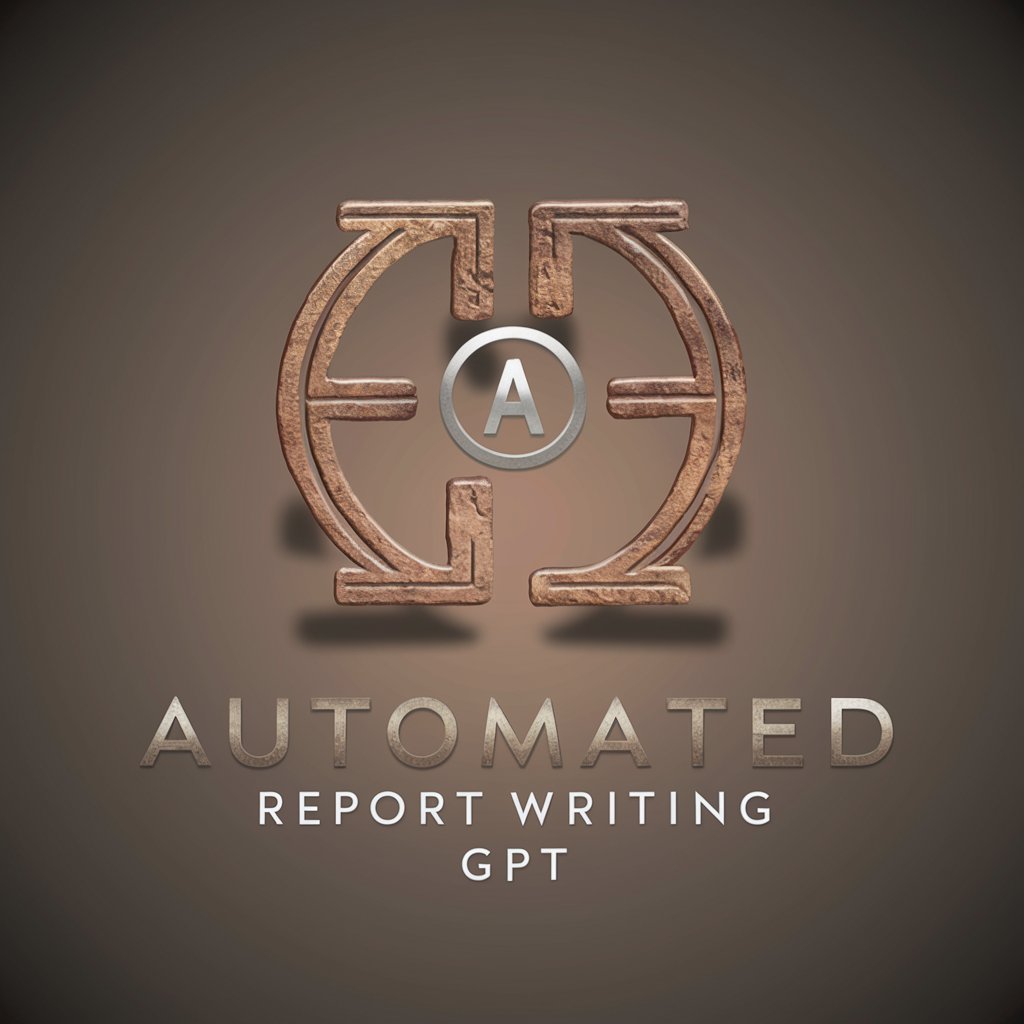
Welcome! Let's streamline your archaeological reporting process.
Digitize Archaeology with AI Precision
Describe the key findings of the recent archaeological excavation at [site name].
Summarize the methods and techniques used during the excavation of [site name].
Outline the historical significance of the artifacts discovered at [site name].
Provide a detailed description of the stratigraphy observed at [site name].
Get Embed Code
Introduction to Automated Report Writing
Automated Report Writing is designed to assist professionals in generating coherent, structured, and accurate reports with a focus on archaeological documentation. The system streamlines the process of report creation by integrating data interpretation and narrative formulation capabilities, adhering strictly to the provided information without speculative statements. It ensures precision and relevance, enhancing efficiency in report drafting. For instance, in an archaeological excavation, Automated Report Writing can synthesize findings from field notes, artifact analyses, and contextual data into a comprehensive report, including sections like methodology, results, and conclusions. Powered by ChatGPT-4o。

Core Functions of Automated Report Writing
Data Synthesis and Interpretation
Example
Compiling and interpreting disparate data sets from an archaeological site, including excavation notes, carbon dating results, and artifact inventories.
Scenario
In a scenario where archaeologists have completed a field excavation, Automated Report Writing can assimilate various types of data to construct a section of the report that discusses the stratigraphy, chronology, and cultural implications of the findings.
Structured Report Generation
Example
Creating reports with predefined sections such as Introduction, Methodology, Findings, Discussion, and Conclusion, tailored to the specific requirements of archaeological research.
Scenario
When an archaeologist needs to draft a report for a grant provider or academic journal, Automated Report Writing can format the findings according to the specific guidelines, including appropriate citations, figures, and appendices.
Customization and Scalability
Example
Adapting the level of detail and technical language based on the target audience, whether for academic peers, funding bodies, or public dissemination.
Scenario
If a museum curator requires an exhibition catalogue that is accessible to the general public, Automated Report Writing can adjust the complexity of the content, focusing on engaging narratives and essential facts about the archaeological artifacts.
Target User Groups for Automated Report Writing
Archaeologists and Researchers
These professionals can leverage Automated Report Writing to streamline the creation of detailed research reports, grant applications, and publications, focusing more on their fieldwork and less on the administrative aspects of documentation.
Cultural Heritage Managers
Individuals responsible for the management and preservation of cultural heritage sites can use Automated Report Writing to efficiently produce site condition reports, conservation plans, and educational materials for stakeholders and the public.
Museum Professionals
Curators and educators in museums can utilize Automated Report Writing to generate exhibit catalogues, educational guides, and other interpretive materials that effectively communicate archaeological findings to a diverse audience.

Guide to Using Automated Report Writing
Step 1
Visit yeschat.ai to start a free trial without requiring a login or ChatGPT Plus subscription.
Step 2
Select the 'Automated Report Writing' tool from the available options to begin generating reports.
Step 3
Prepare your data or documents by organizing them into a clear, concise format for analysis.
Step 4
Input your data into the tool, specifying any particular formats or templates required for the report.
Step 5
Review the generated report, making adjustments or providing additional information as necessary to refine the output.
Try other advanced and practical GPTs
book reports
Transforming Reading into Insight with AI

Market Analyst Clerk
Streamline your market analysis with AI.

GPT do David pra editar reportagens
AI-Powered Portuguese Report Editing

Report Writing Coach
AI-powered Expertise in Report Writing
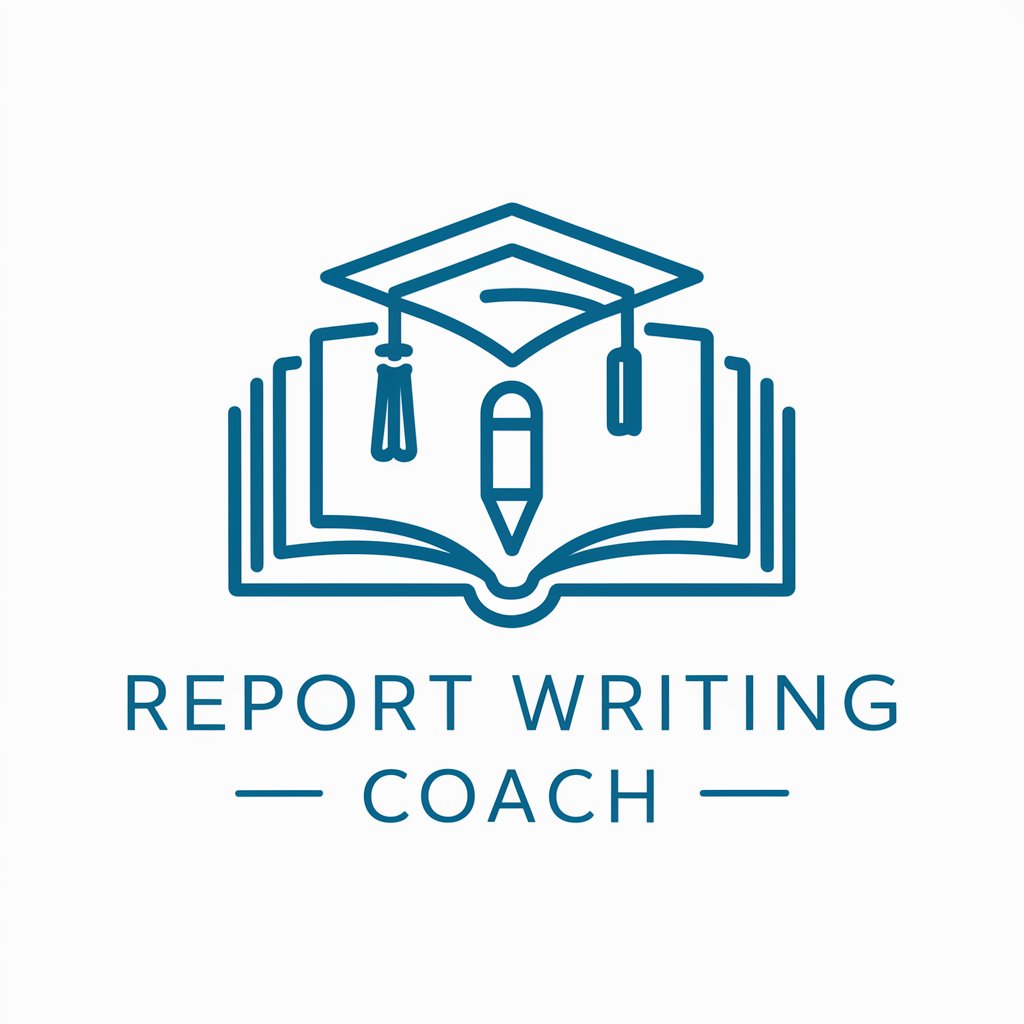
Middle School Teacher Report Writing
AI-powered personalized report writing for educators
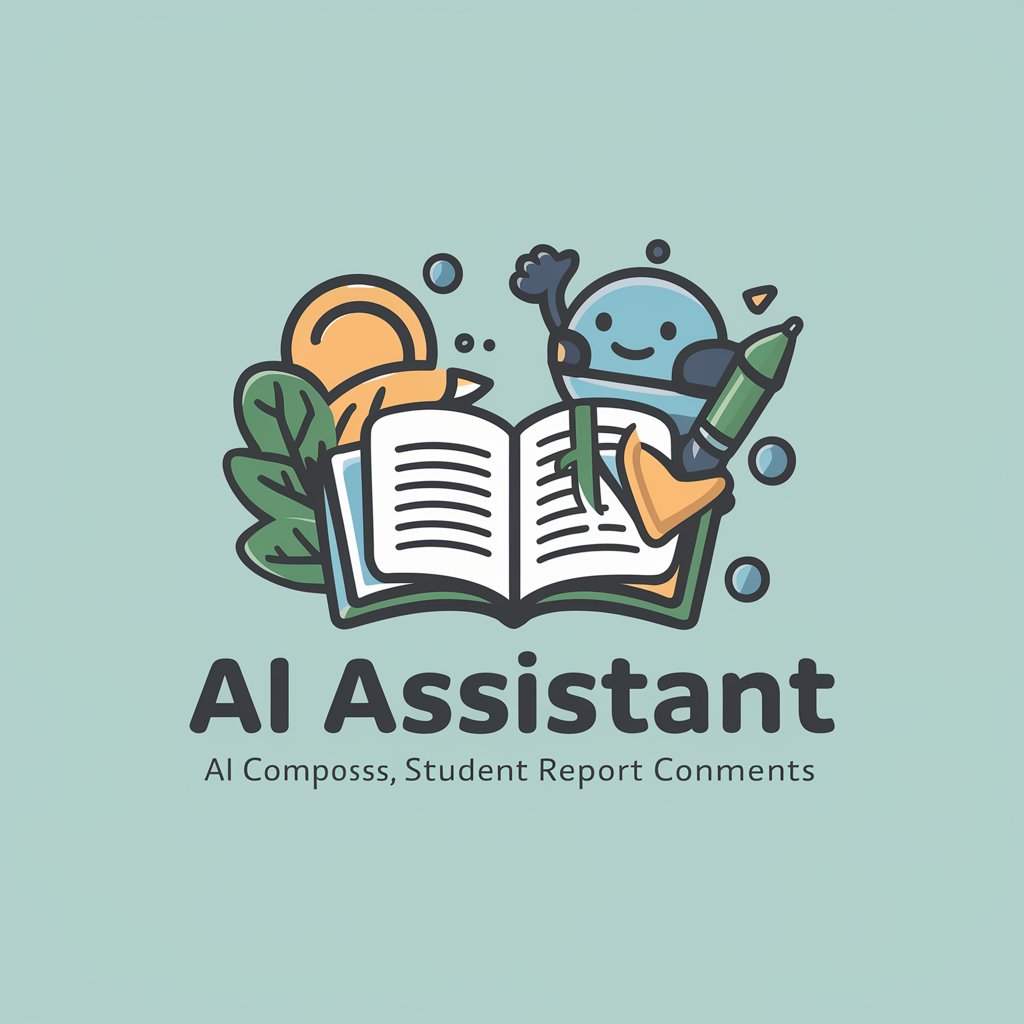
High School Teacher Report Writing
AI-powered, personalized academic reporting.
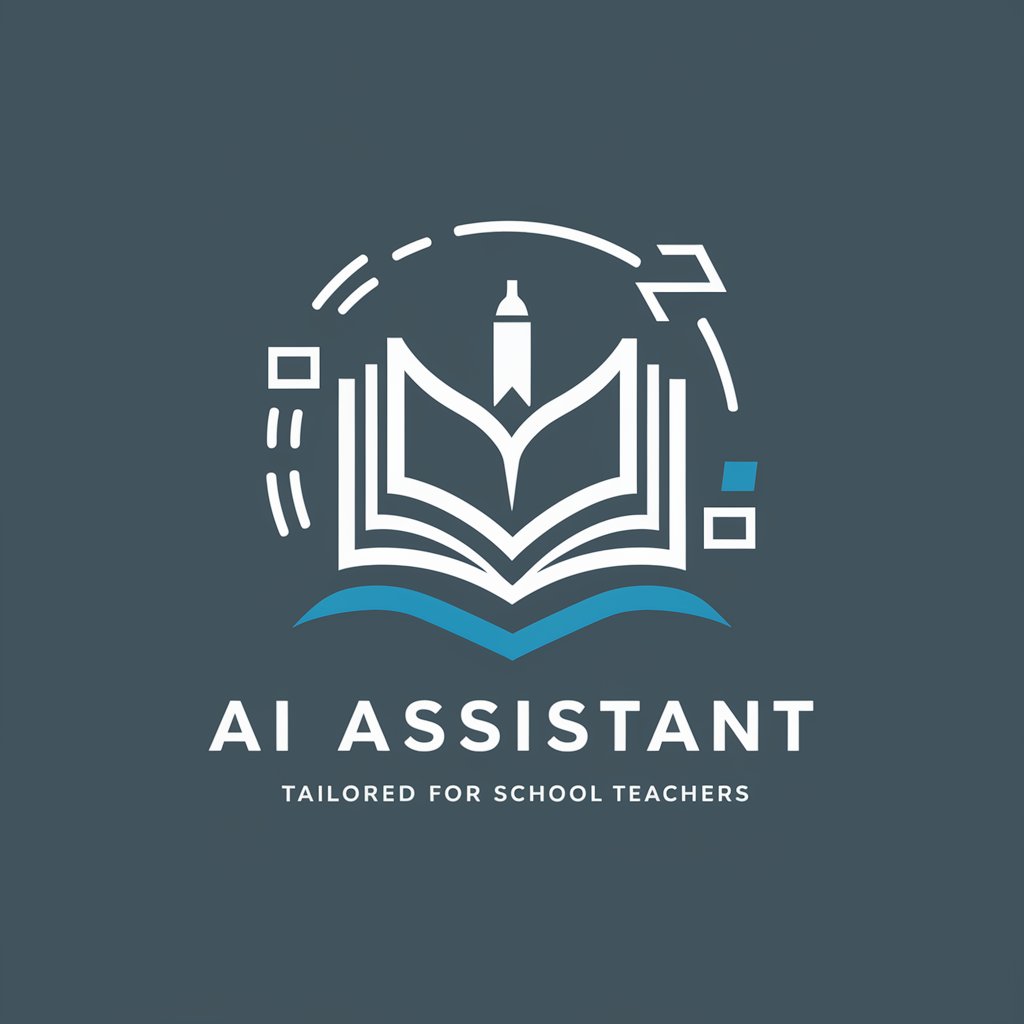
AEvA: The Report Card Writing Assistant
Transforming feedback with AI-powered personalization
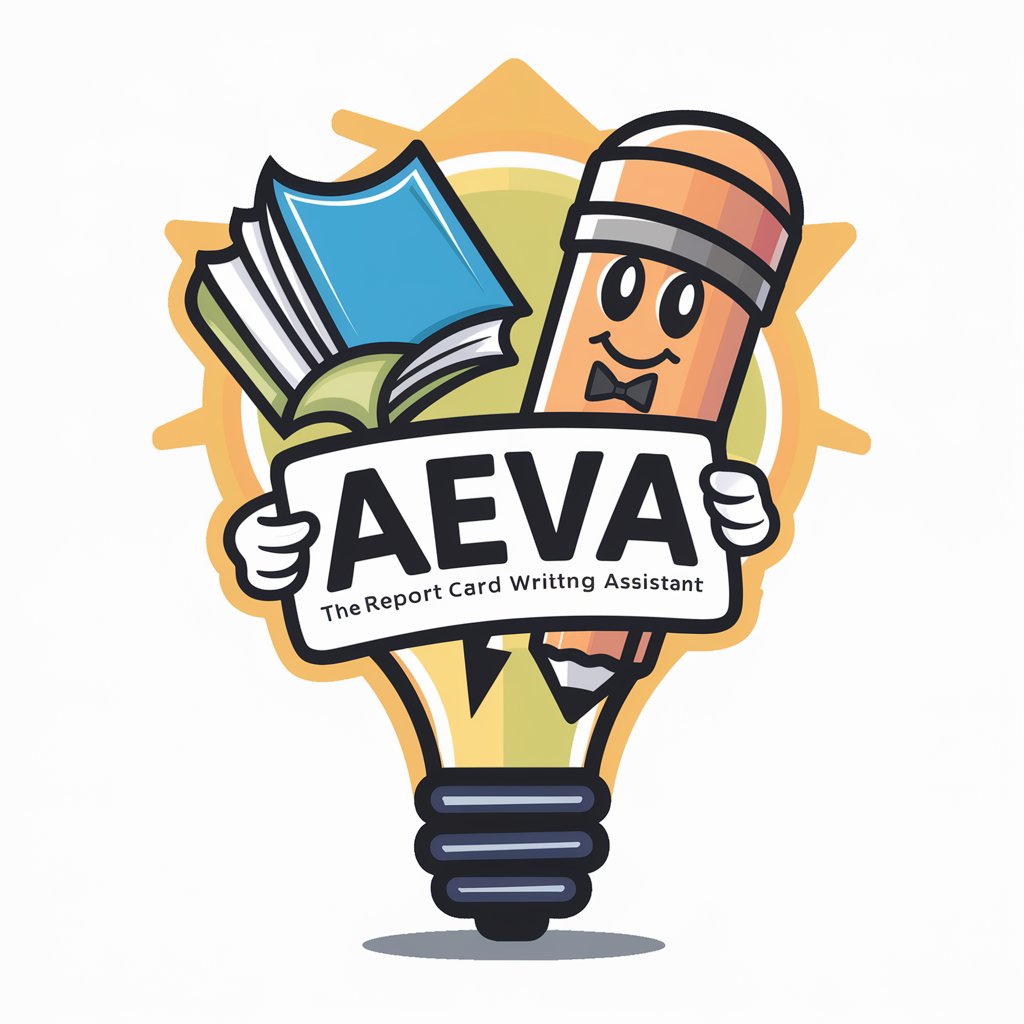
Help Writing Reviews for Direct Reports
Streamline Your Review Process with AI
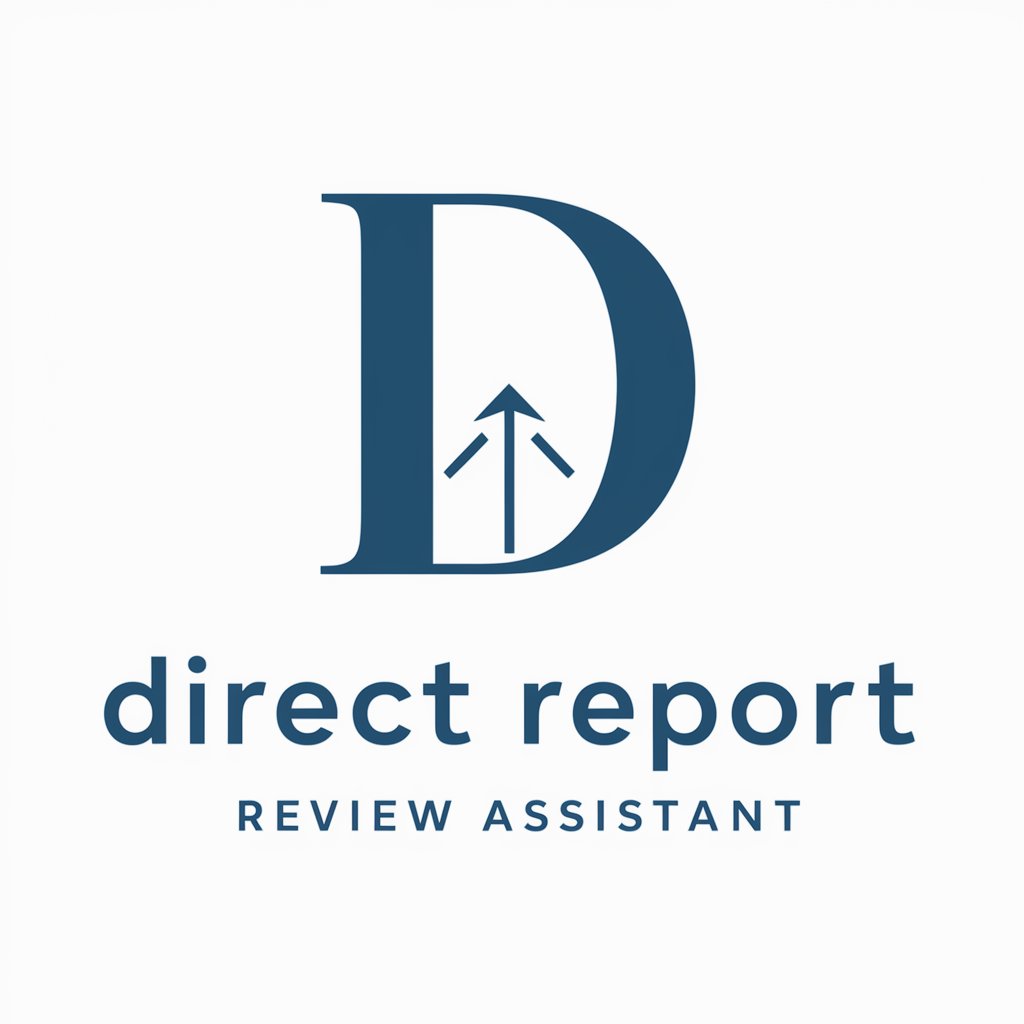
Company analysis report writing master
Transform Data into Business Intelligence

statAI: Data analysis and report writing assistant
Empower Your Research with AI
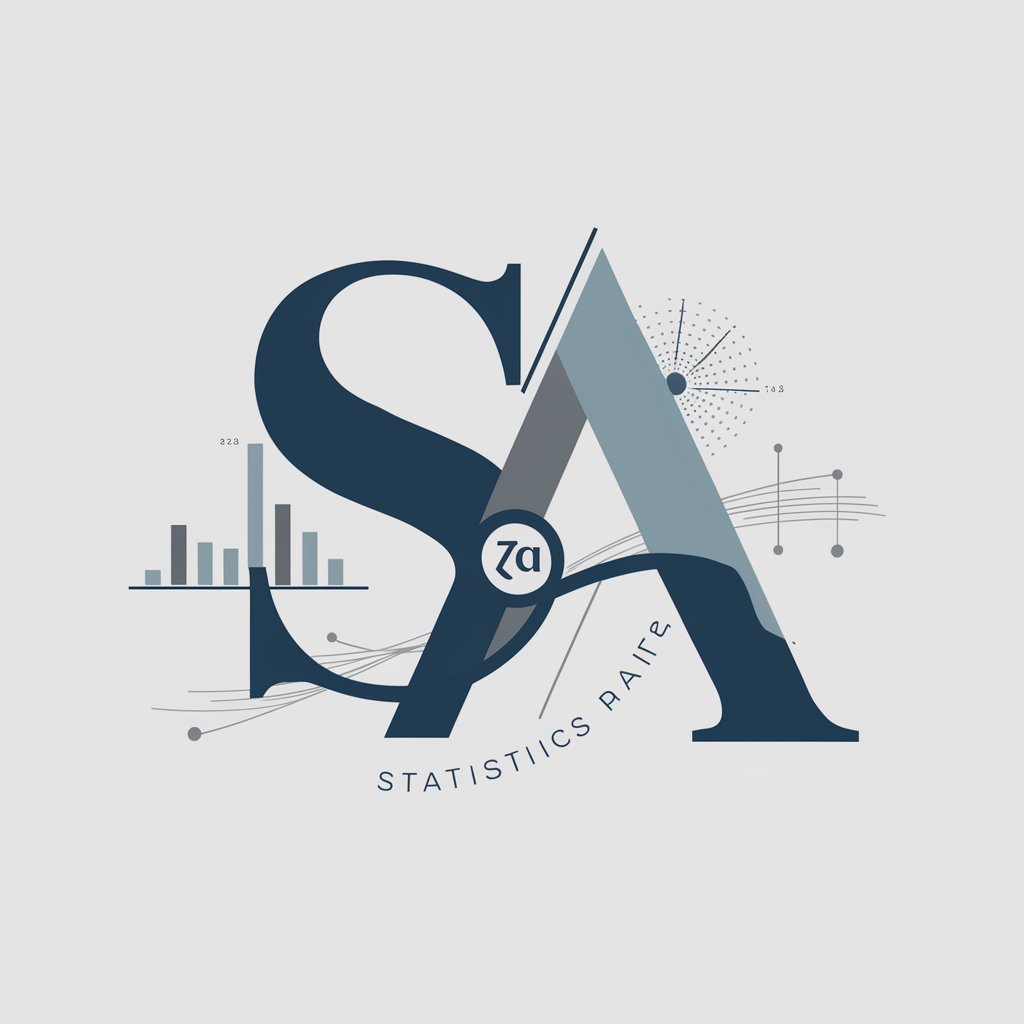
Teollinen internet
Empowering Industry with AI

RoastGPT
Unleash the power of AI for unmatched roasting humor.

Frequently Asked Questions About Automated Report Writing
What types of reports can Automated Report Writing generate?
The tool can produce a variety of reports including archaeological site reports, artifact analysis, and documentation of fieldwork findings.
Can this tool integrate data from various sources?
Yes, it can amalgamate data from multiple formats and sources, ensuring seamless integration and coherent reporting.
Is Automated Report Writing suitable for real-time data entry?
While primarily designed for post-analysis reporting, it can also be adapted for real-time data entry with minimal lag.
How does this tool ensure the accuracy of the reports?
The tool uses advanced algorithms to verify data consistency and accuracy, providing options to review and edit before finalizing the report.
Are there customization options available for the reports?
Yes, users can customize the structure and format of the reports to meet specific requirements and standards.
